Best binoculars for long distance viewing 2025: high magnification models for long-distance viewing.
We have rounded up the best binoculars for long-distance viewing, good for nature-watching and stargazing. Check these models for savings in the holiday season.

Best binoculars for long-distance viewing TL;DR
The best binoculars for long distance viewing have over 12x magnification and high-quality optics for crisp images. We have tested a range of long-distance binoculars that are suitable for a range of budgets and needs. We rate the Celestron SkyMaster Pro 20x80 binoculars as the best long-distance binoculars because they have strong 20x magnification, fully multi-coated optics for sharp contrast and large 80mm objective lenses for letting plenty of light in.
Want to bring the world closer? That's where the best binoculars for long-distance viewing come in. We've rounded up the best models for all skill levels and budgets and given you our top recommendations.
If you are a keen stargazer, now is a great time to pick up a pair. Right now, the skies are darker than usual, so why not point your binos towards the constellations? If you are in the market for some new binoculars, now could be a great time to pick up a pair with Black Friday coming up this week.
Or if long-distance viewing isn't specifically what you're after, check out the best compact binoculars or our general best binoculars guide
The quick list
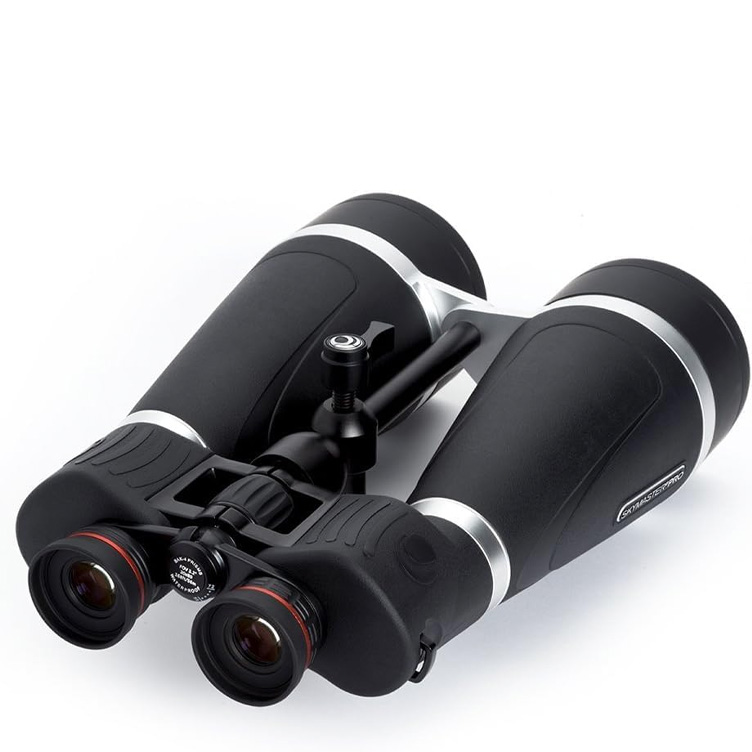
Best overall
Offering a massive aperture, interchangeable eyecups and incredible deep-sky views, these are the binoculars to beat for astronomy.

Best for beginners
An excellent choice for entry-level astronomers, great for bird watching and nature spotting — these binos are ideal for beginners.

Best all-rounder
Affordable with excellent build quality and offers good magnification coupled with bright, clear views. Ideal for multiple purposes.
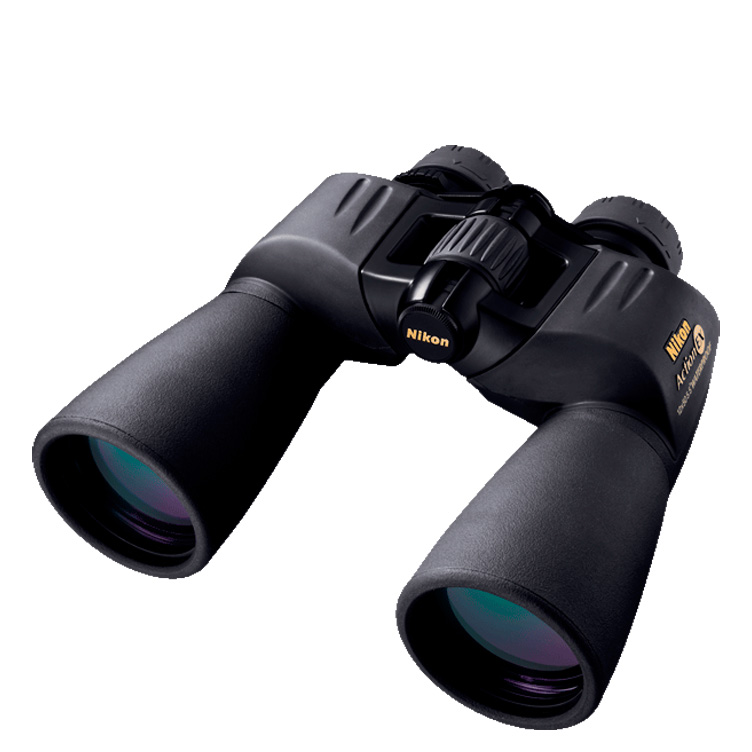
Best for durability
Although heavy, the Nikon Action EX 12x50 binoculars offer clear, crisp and bright views from within a tough, waterproof body.
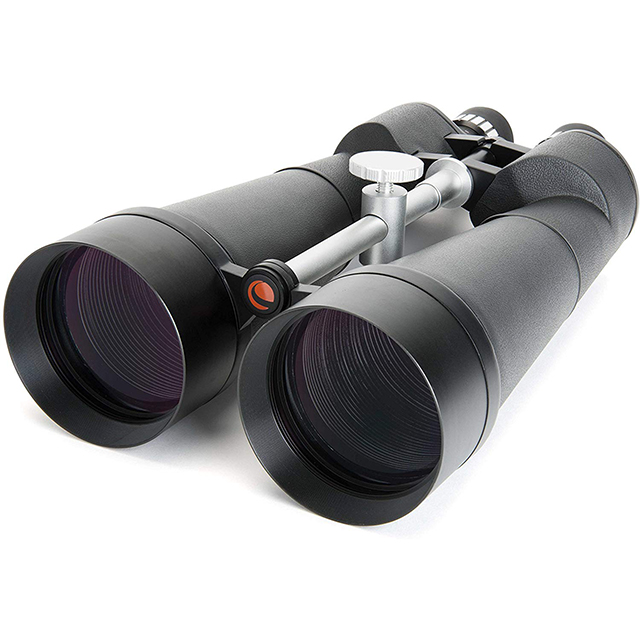
Best for magnification
Insanely heavy, but perch them on a suitably hefty mount and they’ll convey an optically accurate sky-watching experience that can move your soul.
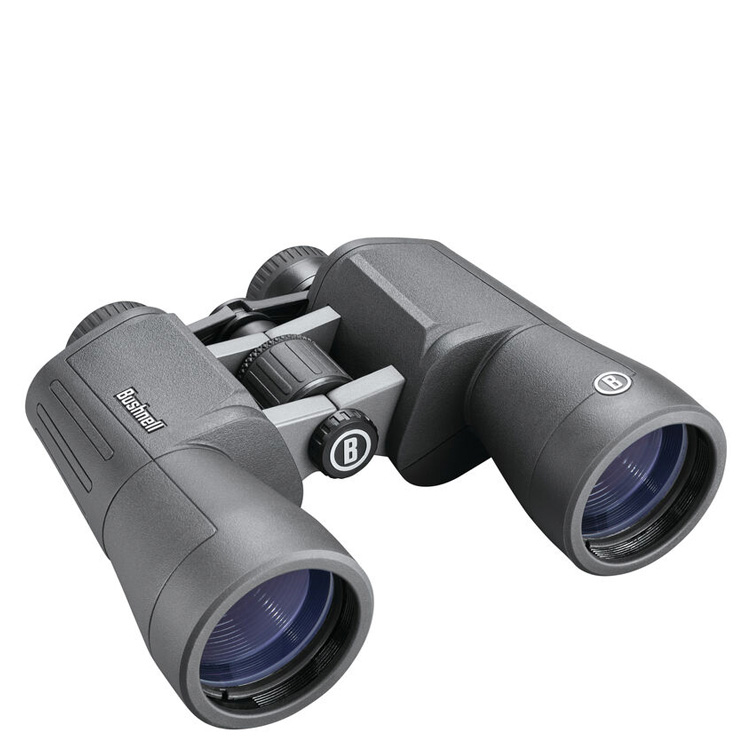
Best budget pair
Perfect for those on a budget, they provide high magnification and pleasing views that won't break the bank.
Best binoculars for long distance viewing we recommend in 2024
Why you can trust Space.com
Best overall
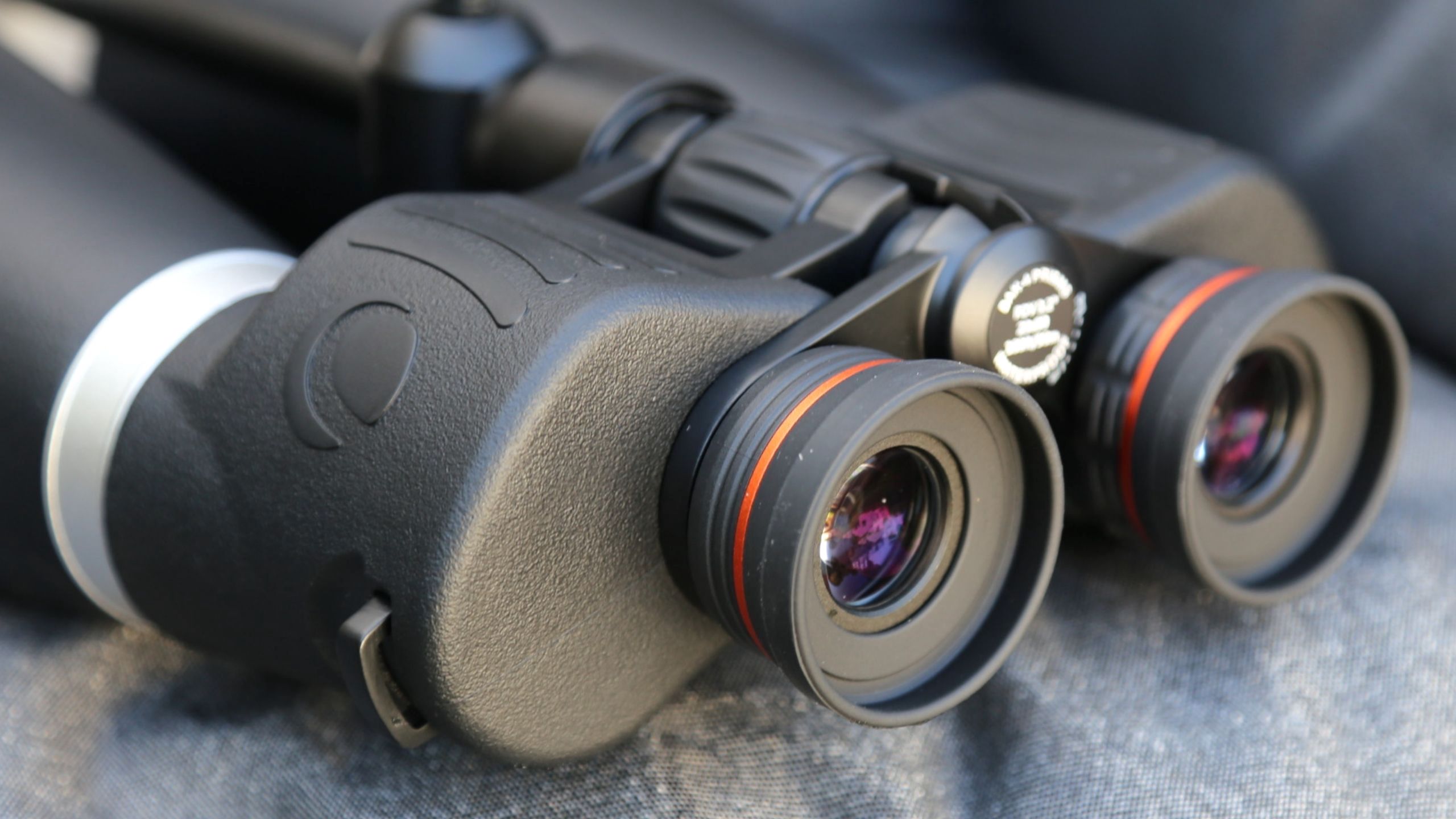
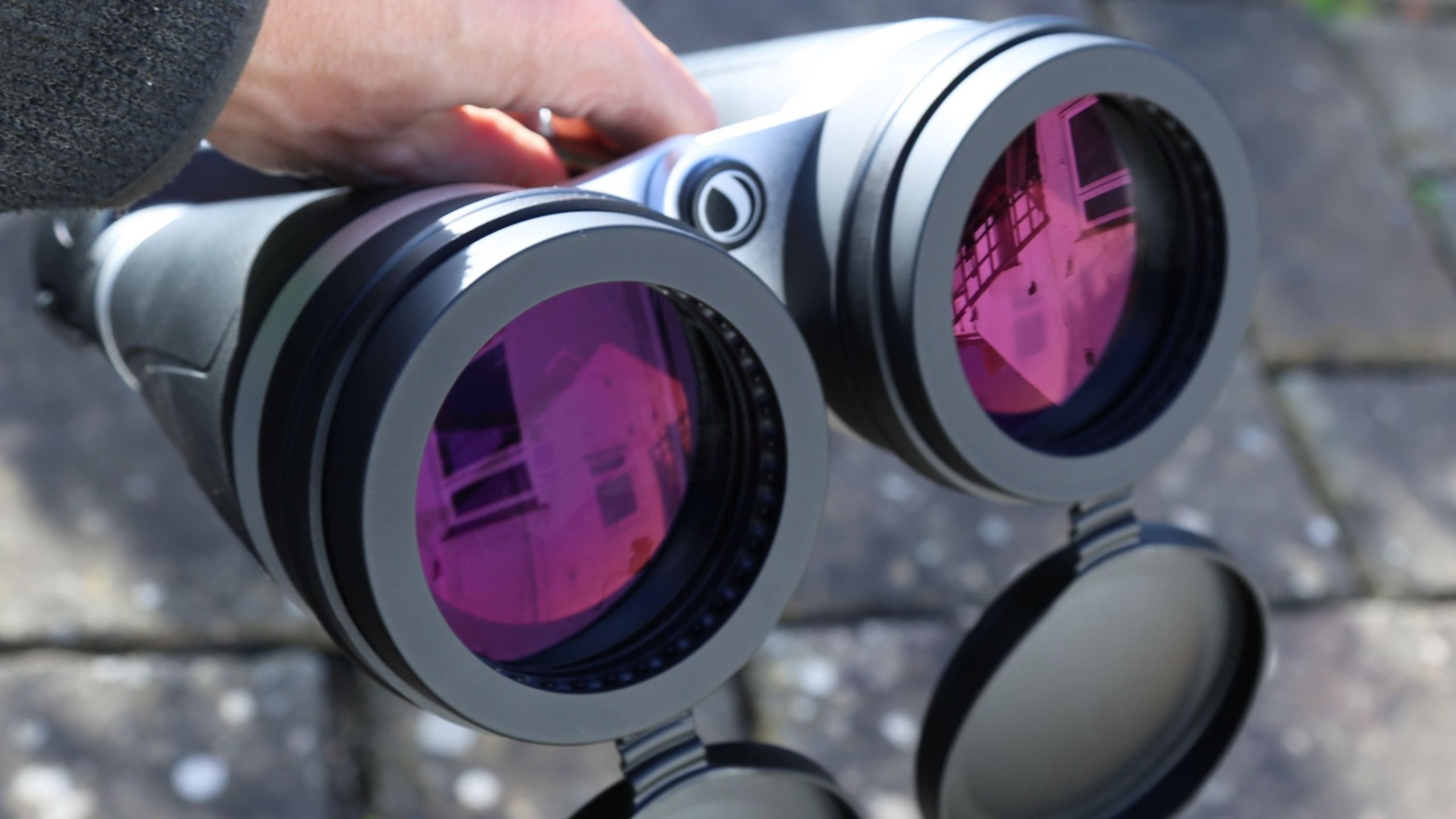

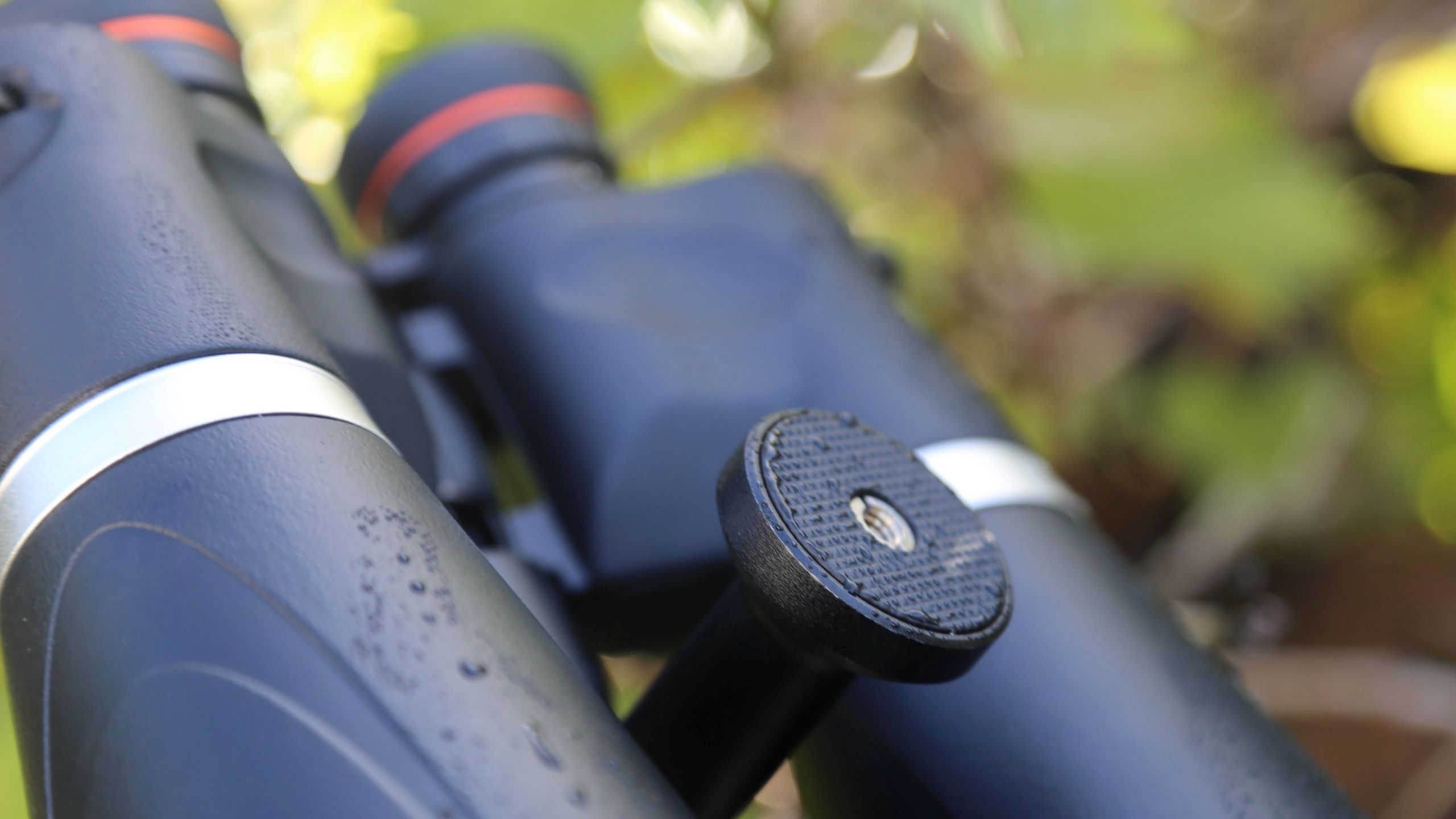
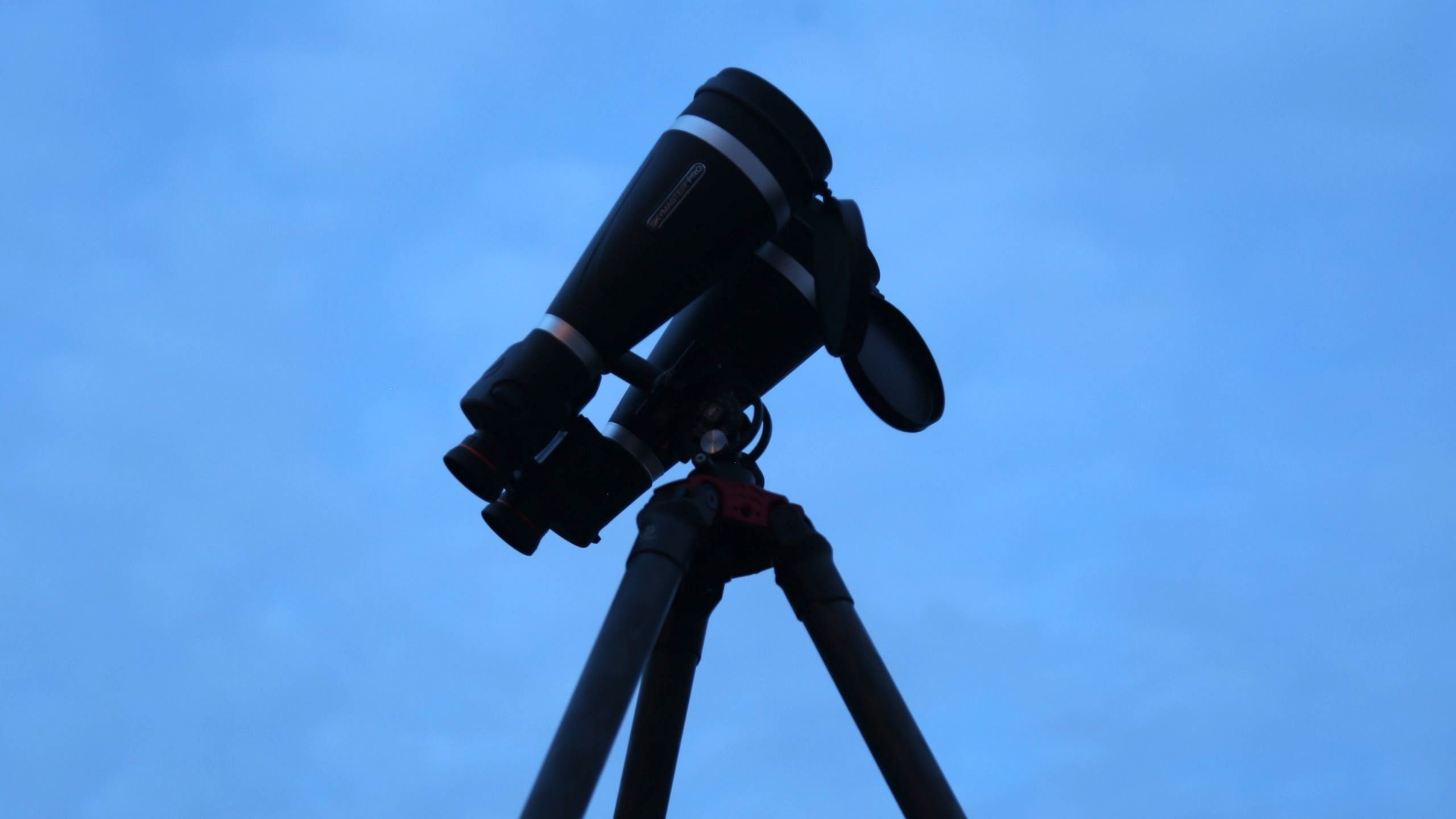
Specifications
Reasons to buy
Reasons to avoid
✅ You want a lighter version of a telescope: These binos are so good that we likened them to using two small telescopes — with the added bonus of being much easier to transport.
✅ You're a keen astronomer: They're geared towards stargazing more than anything else.
❌ You want a lightweight pair: They are cumbersome and not ideal for frequent travel.
❌ You're on a budget: if a certain type of person would not suit this product, you can mention it here and then suggest a product on the page that would be more suitable for this persona.
🔎 Celestron SkyMaster Pro 20x80 Binocular: An attractive alternative to a telescope, with a large aperture, excellent optics and interchangeable eyecups. They're easily worth the money with superb light gathering and solid build quality, though you will need to add a solid full-size tripod. ★★★★½
Everything about the Celestron SkyMaster Pro 20x80 binoculars screams quality. They use a porro prism design to let more light into the already very large 80mm objectives, and they boast a waterproof rubber covering, Celstron's own XLT multi-coated optics, and attached objective lens caps (which may sound like a small thing, but lens caps often get lost!).
They also come with a mount for a red dot finder, which will prove endlessly useful for stargazing. Obviously, you'll have to supply one yourself, but the ability to do so adds to Celestron's already impressive reputation for stargazing optics.
The optics are nothing short of stunning. We observed Pleiades (M45), the Great Globular Cluster in Hercules (M13) and the Andromeda Galaxy (M31) during our Celestron SkyMaster Pro 20x80 Binocular review, and were treated to bright, contrasty images that were pin-sharp across the entire frame (except at the far extremities).
There's no sugarcoating it, they are very heavy. In fact, they're the second heaviest pair in this guide (only being beaten by the 25x100 variant). They're certainly hefty and well-built, but this poses two issues — first unless you put in some shifts at the gym, you'll get arm aches very quickly, and second, the weight coupled with the 20x magnification makes it very difficult to hold them still so you can get a steady view. To overcome this, we'd recommend using them on a good full-size tripod to get the best out of them. That said, they're certainly a lot easier to transport than a telescope.
For amateur astronomers who want to invest in a quality pair of stargazing binoculars that will last for years to come, this is the pair to beat.
- Read our full Celestron SkyMaster Pro 20x80 Binocular review
Attributes | Notes |
|---|---|
Design | XLT coated optics. |
Performance | Sharp, bright and contrast-heavy images. |
Functionality | Best with a full-size tripod. |
Best for beginners

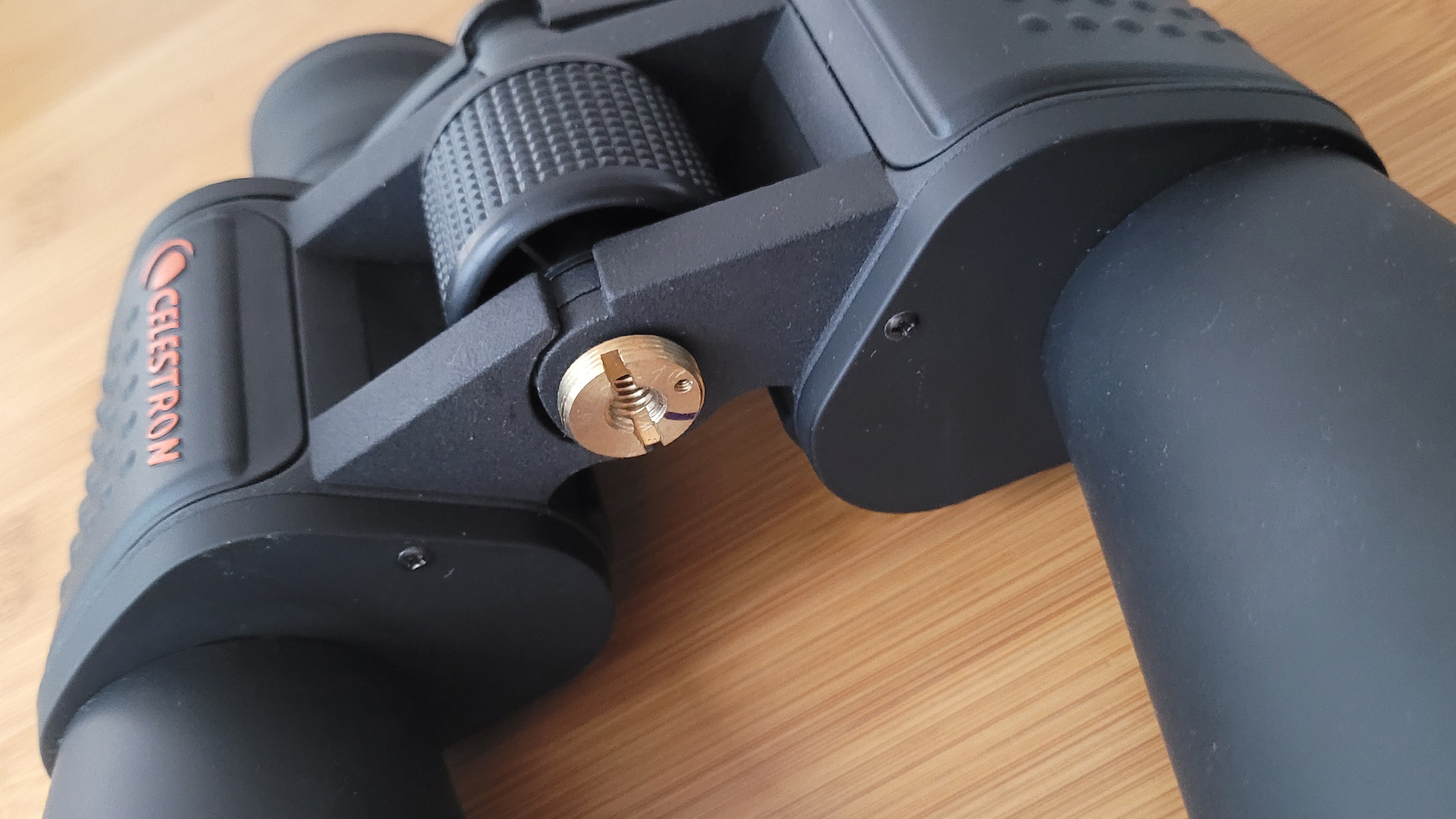
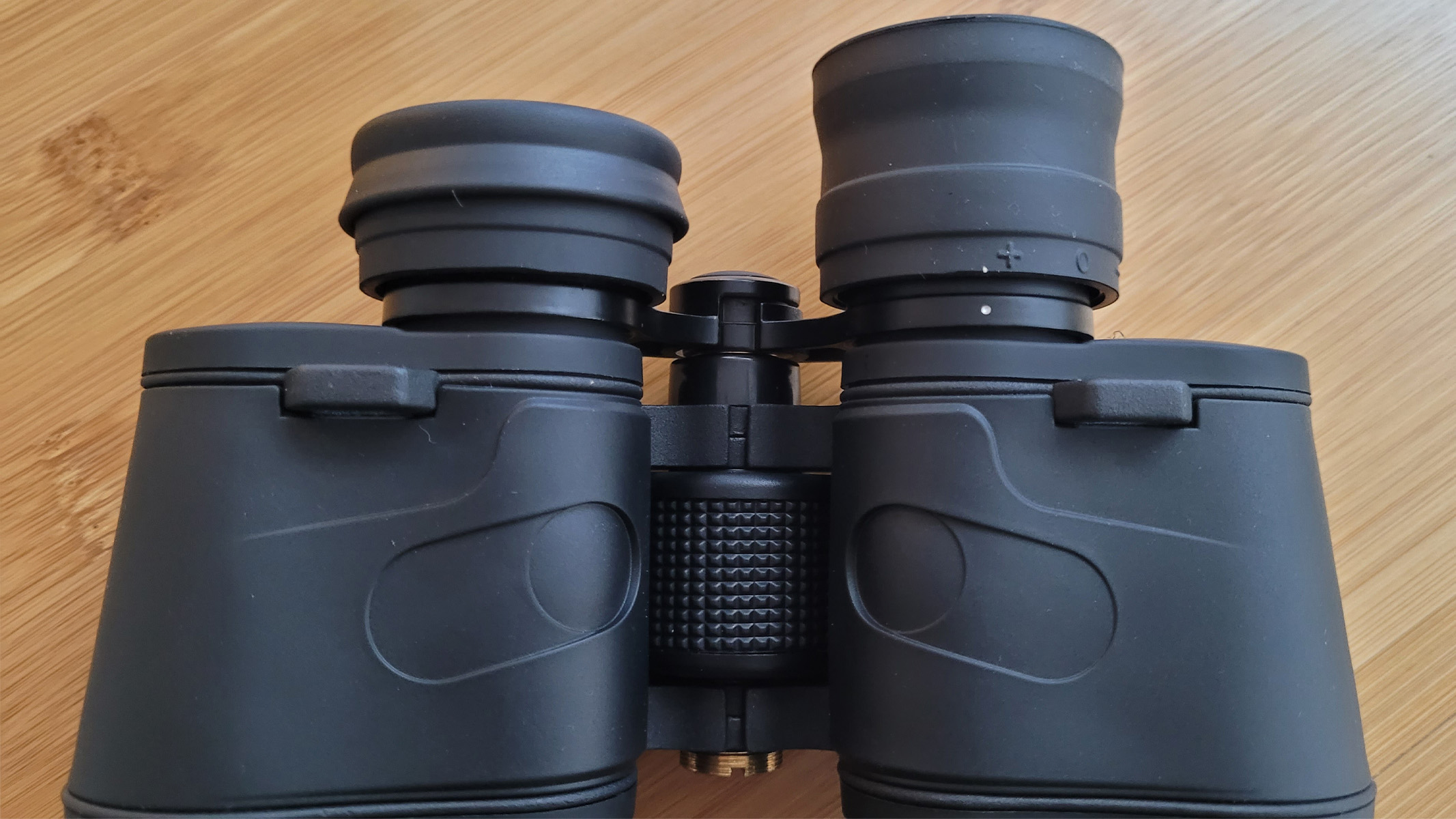
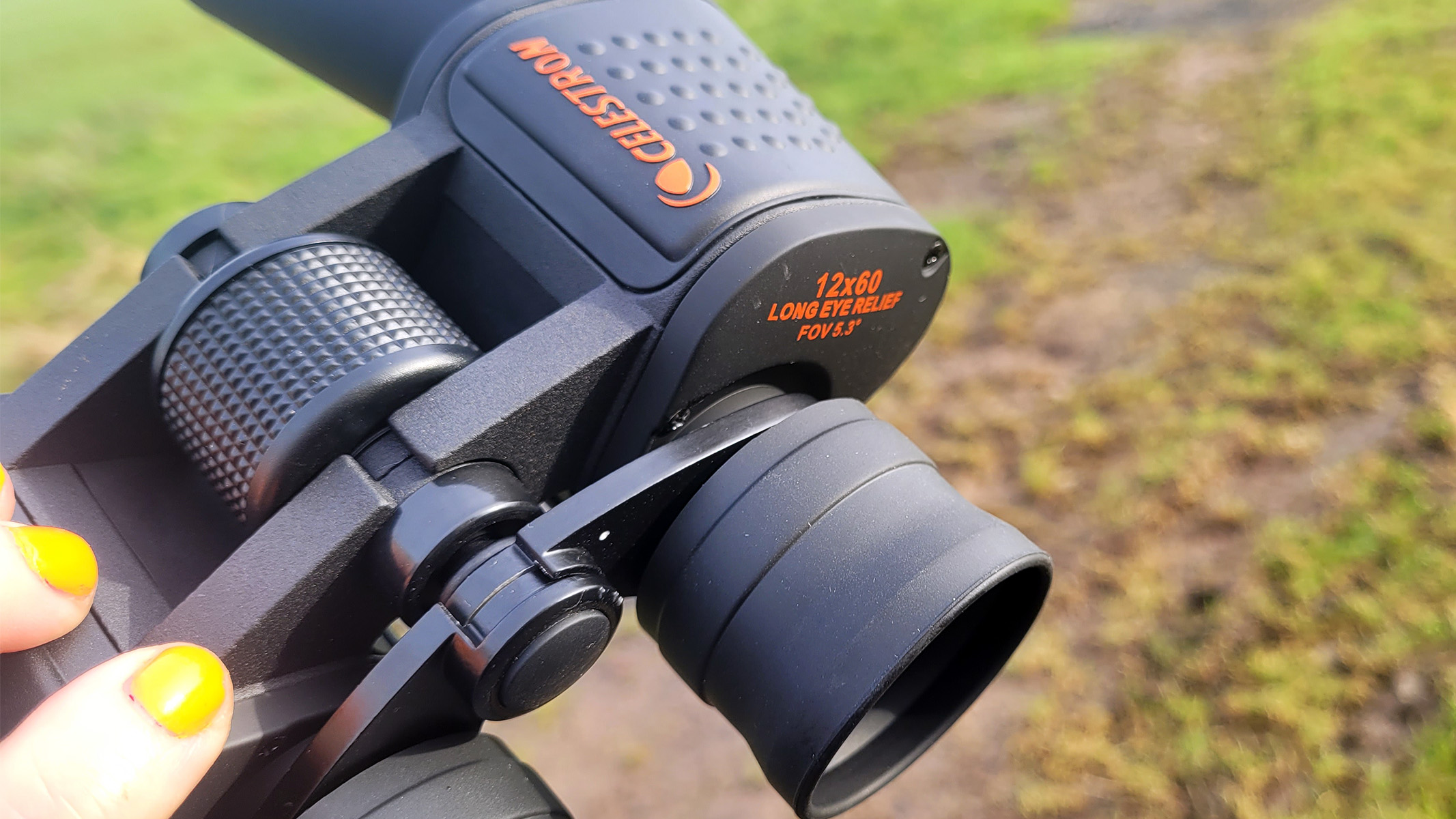
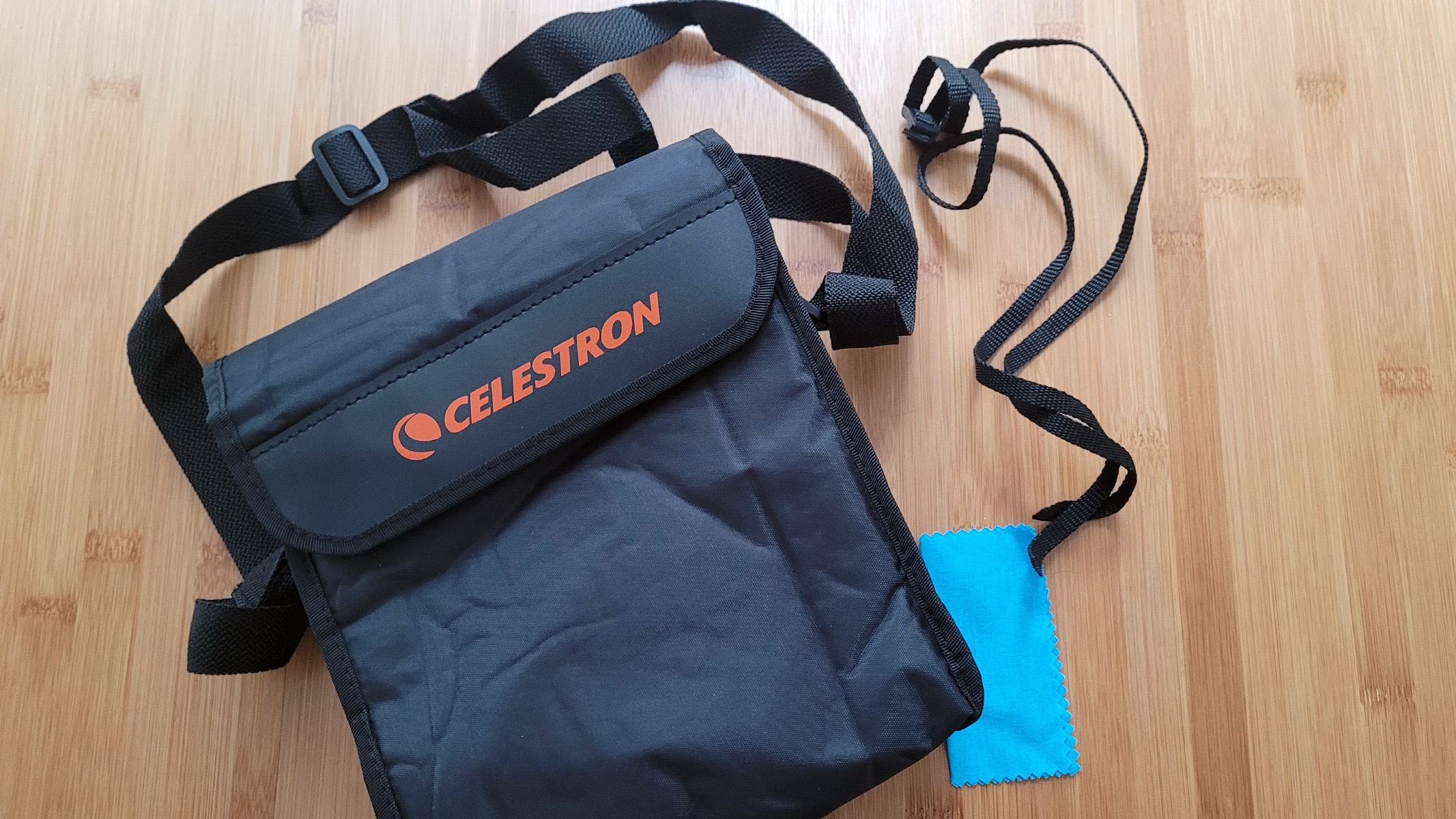
Specifications
Reasons to buy
Reasons to avoid
✅ You wear glasses: They have generous eye relief, so they would be ideal for anyone who wears glasses.
✅ You're on a budget: These are a great pair of binos for a very affordable price.
❌ You want to handhold them: You can handhold them, but your arms will get tired quickly.
❌ You want to travel with them: They're pretty big and heavy, so they wouldn't be great for traveling.
🔎 Celestron SkyMaster 12x60: Great value for an excellent pair of low-light-friendly binoculars with fantastic specs and a quality design. Given the high magnification, the tripod adapter is especially welcome, and we love the spectacle-friendly features. ★★★★½
For beginners looking for a high-quality pair of first binoculars that won't break the bank, the Celestron SkyMaster 12x60 are ideal. They're an excellent choice for amateur astronomy, bird watching and nature spotting.
The large 60mm objectives let loads of light in, making them fantastic for low-light observation and skywatching, plus their generous eye relief means users who wear glasses can comfortably use them without having to take their glasses off. The 12x magnification produces detailed views, especially when paired with a tripod — something we'd strongly recommend as they're quite heavy.
During our Celestron SkyMaster 12x60 review, we could easily make out Jupiter and the four Galilean moons: Io; Europa; Ganymede and Callisto. You can't get up close enough to see loads of detail, you certainly get a much better view than you would with the naked eye.
Though they aren't fogproof (which is to be expected at this price range), we regularly transported them between temperatures of 68°F/20°C (indoors) and 24.8°F/-4°C (outside) without any fogging issues, so unless you're taking them to more extreme climates, they'll be absolutely fine for beginner use around where you live.
We noticed a tiny bit of chromatic aberration (which, again, is to be expected for the price), but it wasn't distracting and we only saw a small amount. We found the colors to be accurate with no strange tinges, and the views in the center of the frame were nice and sharp — but with a falloff towards the edges.
Overall, we'd have no trouble recommending them to beginners who want a good-quality pair of binoculars for long-distance viewing, although you may want to upgrade as your interest in binoculars advances.
- Read our full Celestron SkyMaster 12x60 review
Attributes | Notes |
|---|---|
Design | Big and heavy. |
Performance | Pleasing views for the price. |
Functionality | Good eye relief, but not fog proof. |
Best all-rounder

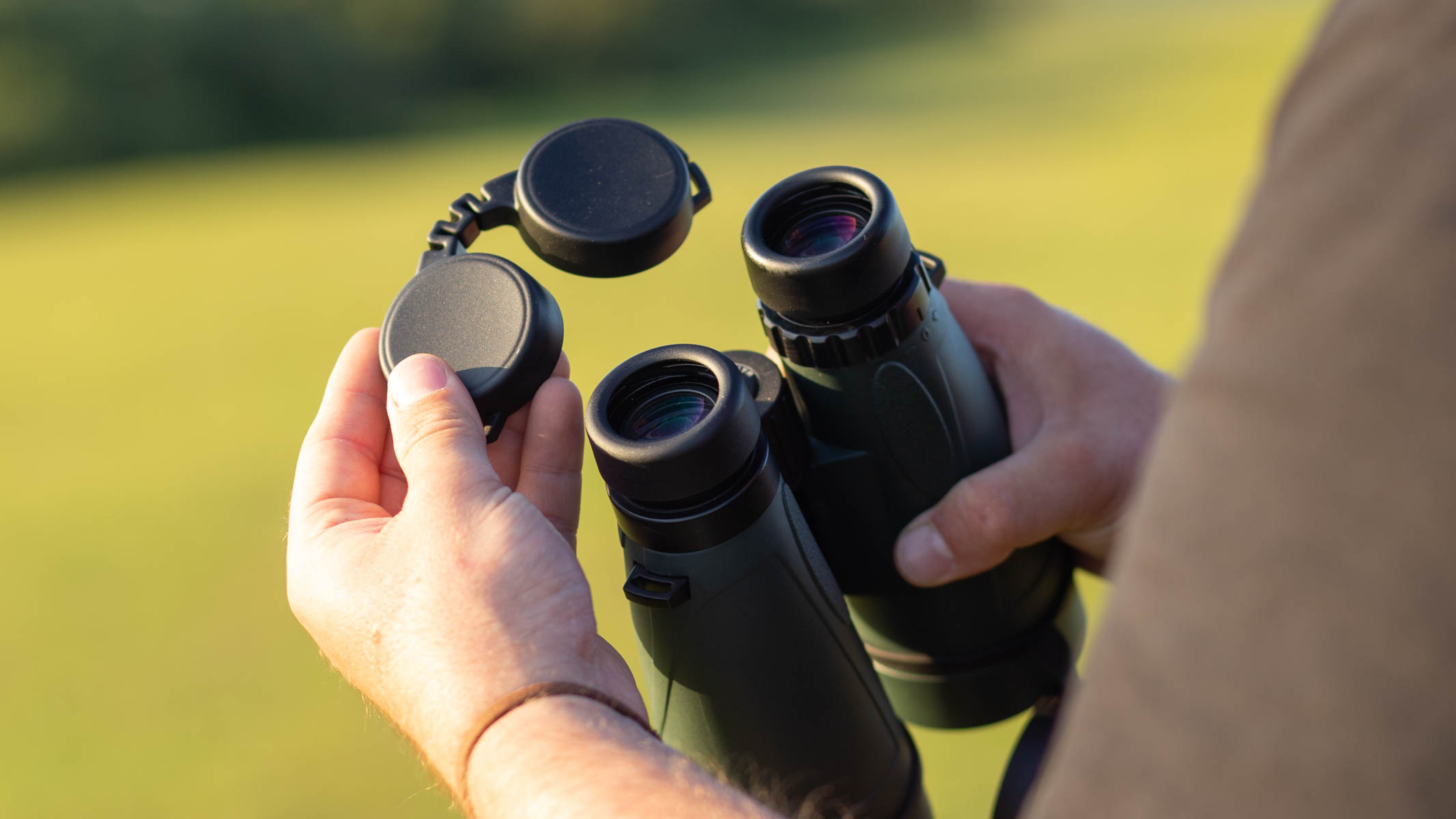
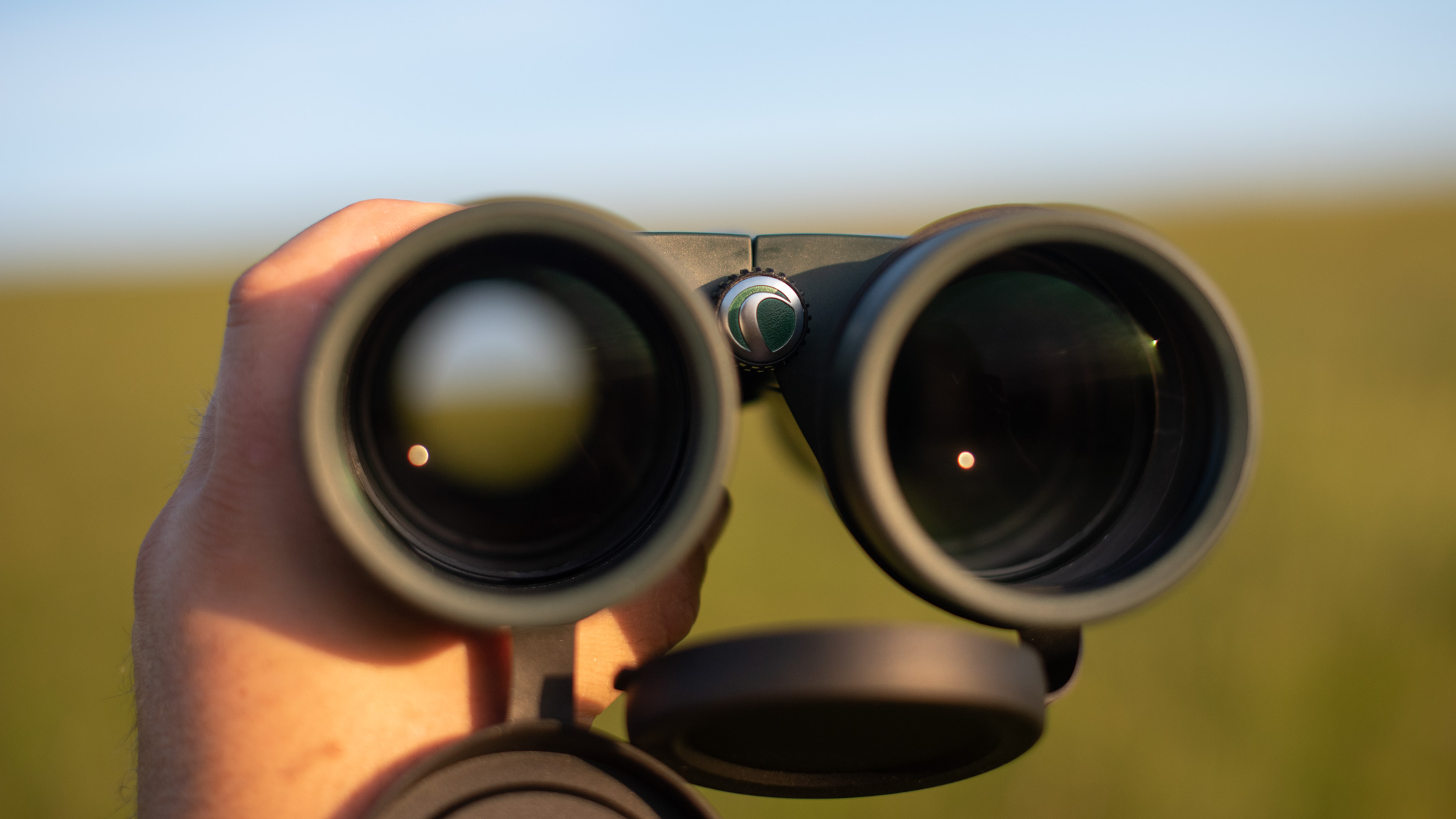
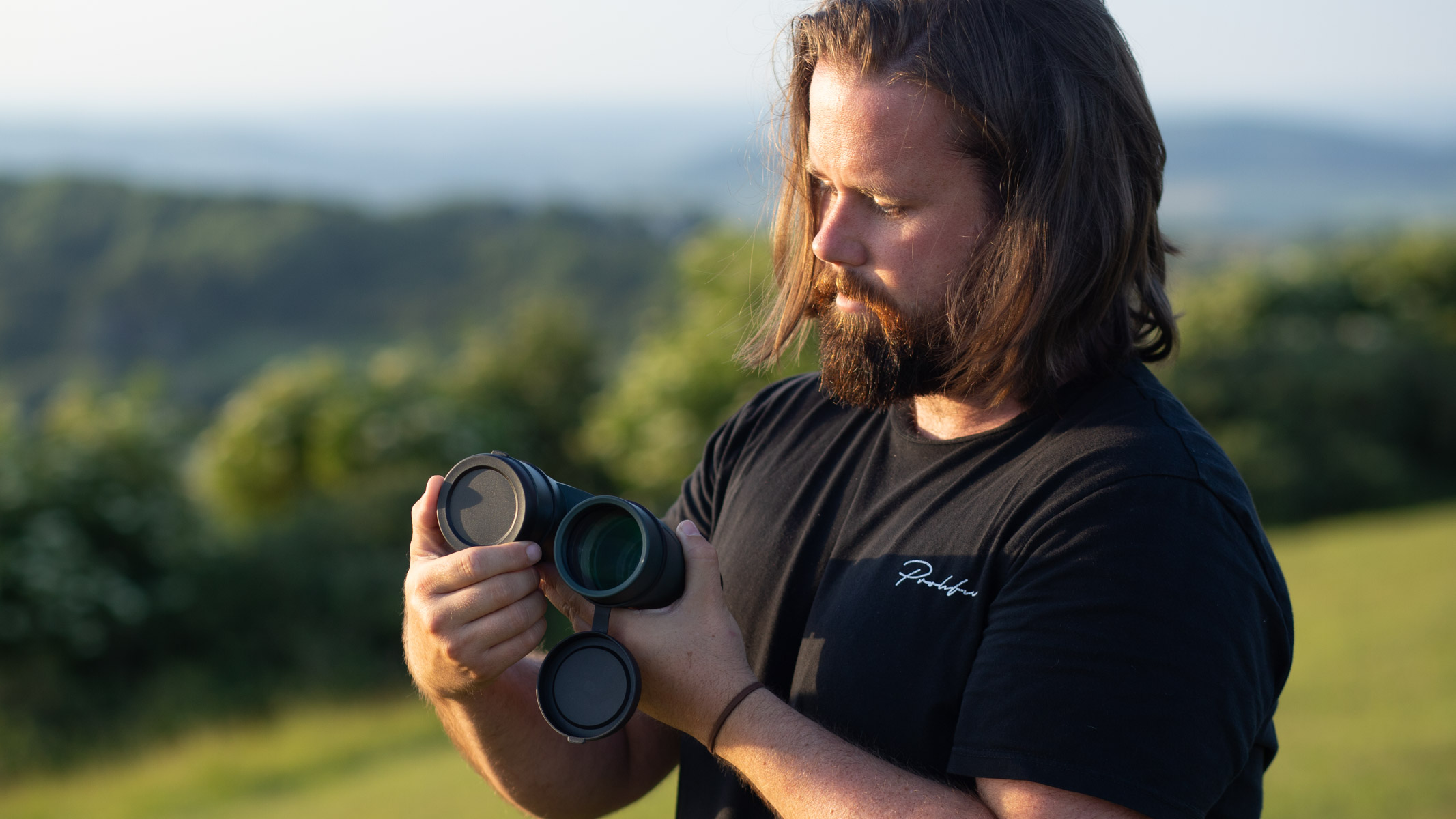
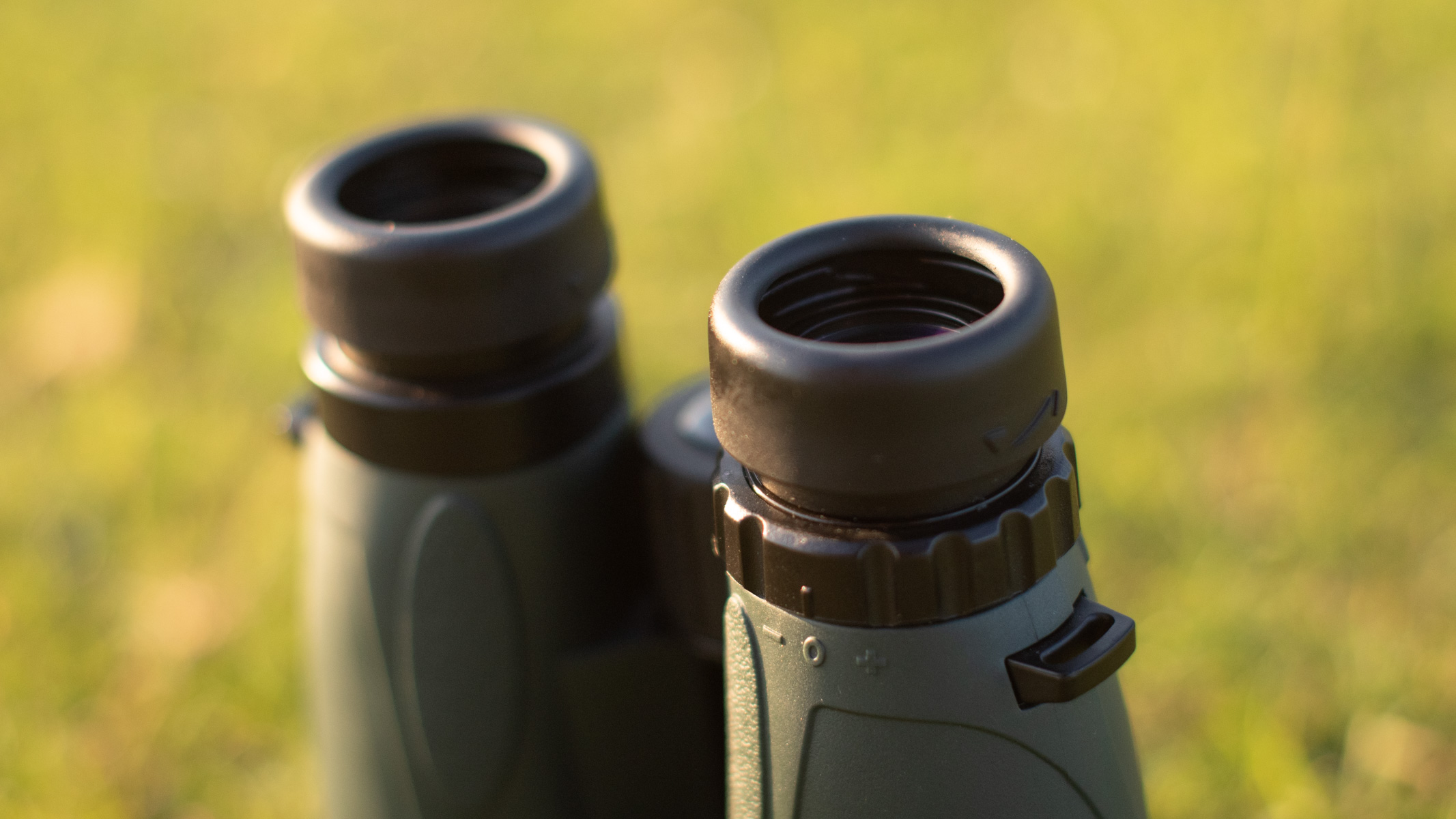
Specifications
Reasons to buy
Reasons to avoid
✅ You want a reasonably lightweight pair: There are certainly lighter pairs out there, but these are some of the lightest on this list.
✅ You want to view different things: They're great for wildlife watching and stargazing.
❌ You want super sharp views: You'll want a pair with ED glass.
❌ You're on a budget: They're a fair price for what they can do, but cheaper options exist.
🔎 Celestron Nature DX 12x56: They offer bright and clear views, with a wide aperture for gathering light and magnification that is excellent for stargazing and wildlife spotting. A good quality, inexpensive pair of binoculars. ★★★★½
While they're not the best pair of binos to have ever lived, we think they tick all the boxes and are a fantastic all-rounder pair that, although they aren't the most affordable option on this list, don't break the bank.
Their rubber armoring protects them from the elements, meaning they are waterproof and fogproof. They're durably built, so they can endure the occasional knock or bump (although we didn't like to test this!) and have good grip so they won't slip out of your hands in wet conditions. They're also one of the lightest pairs on this list — although you may want to mount them to a tripod for prolonged use. They have good eye relief, so you won't have to take your glasses off to use them.
During our Celestron Nature DX 12x56 review, we noted that one of the great features of these binos is the close focus. You can focus to just under 10 feet, meaning you can easily use them from the comfort of your conservatory or window to observe the wildlife in your back garden — no need to trek to prime wildlife locations.
The image quality is good for casual users, although professionals may want to opt for the Celestron Nature DX ED 12x50 — not quite as wide objective lenses, but the Extra Dispersion glass means sharper images.
- Read our Celestron Nature DX 12x56 review
Attributes | Notes |
|---|---|
Design | Fogproof and waterproof. |
Performance | Bright images even in low light. |
Functionality | A little heavy for prolonged use — you'd need a tripod. |
Best for durability
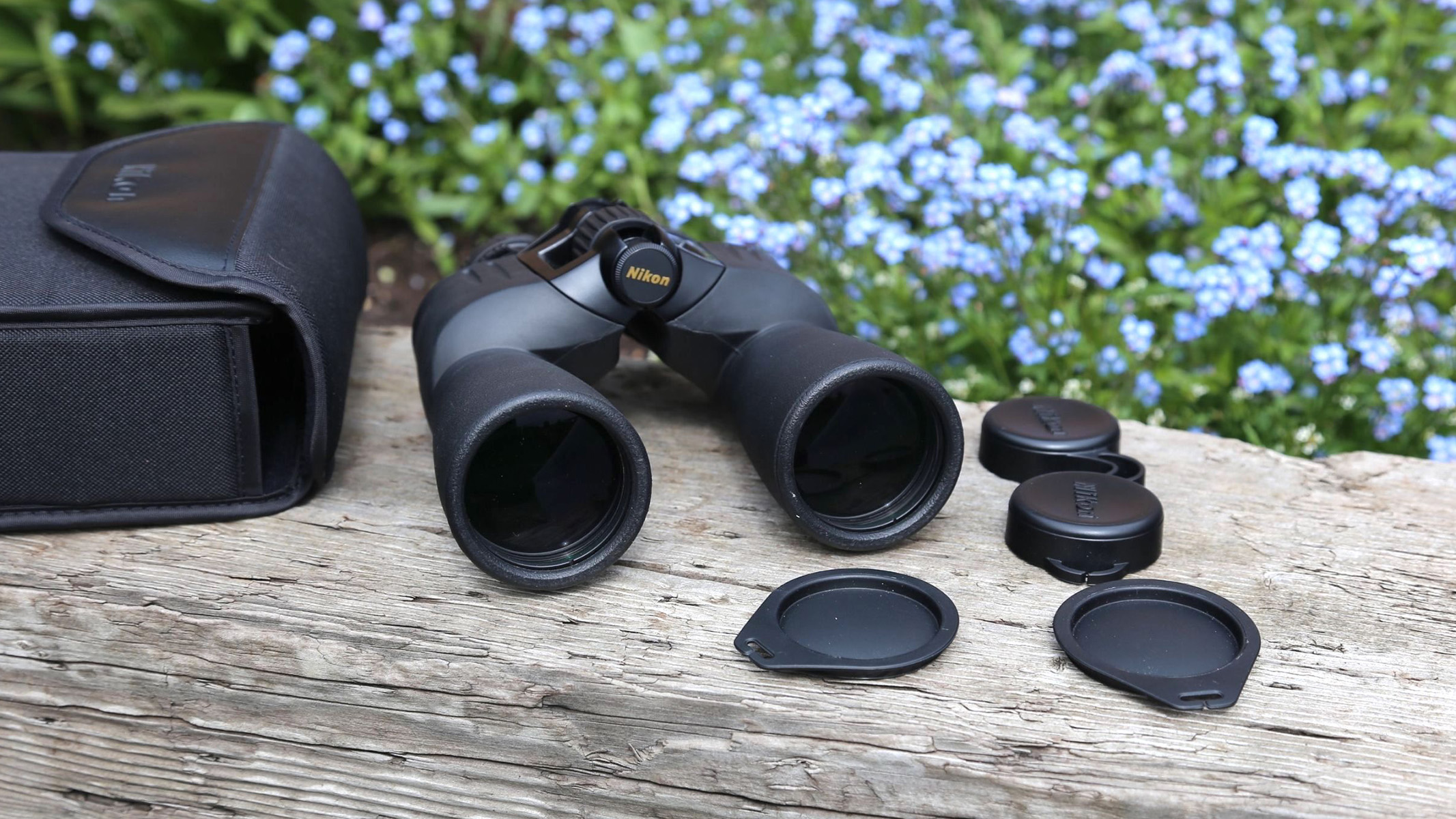
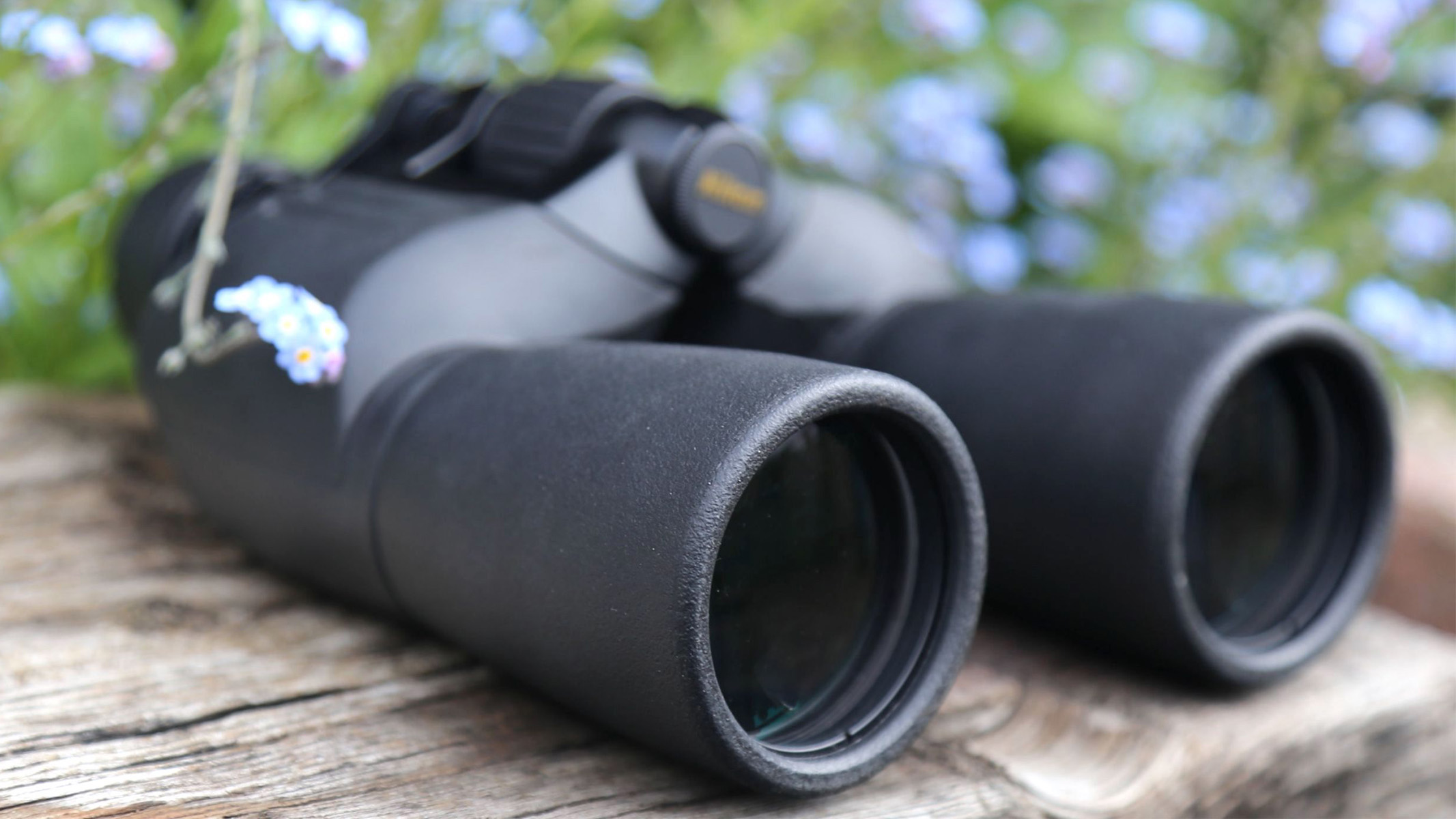
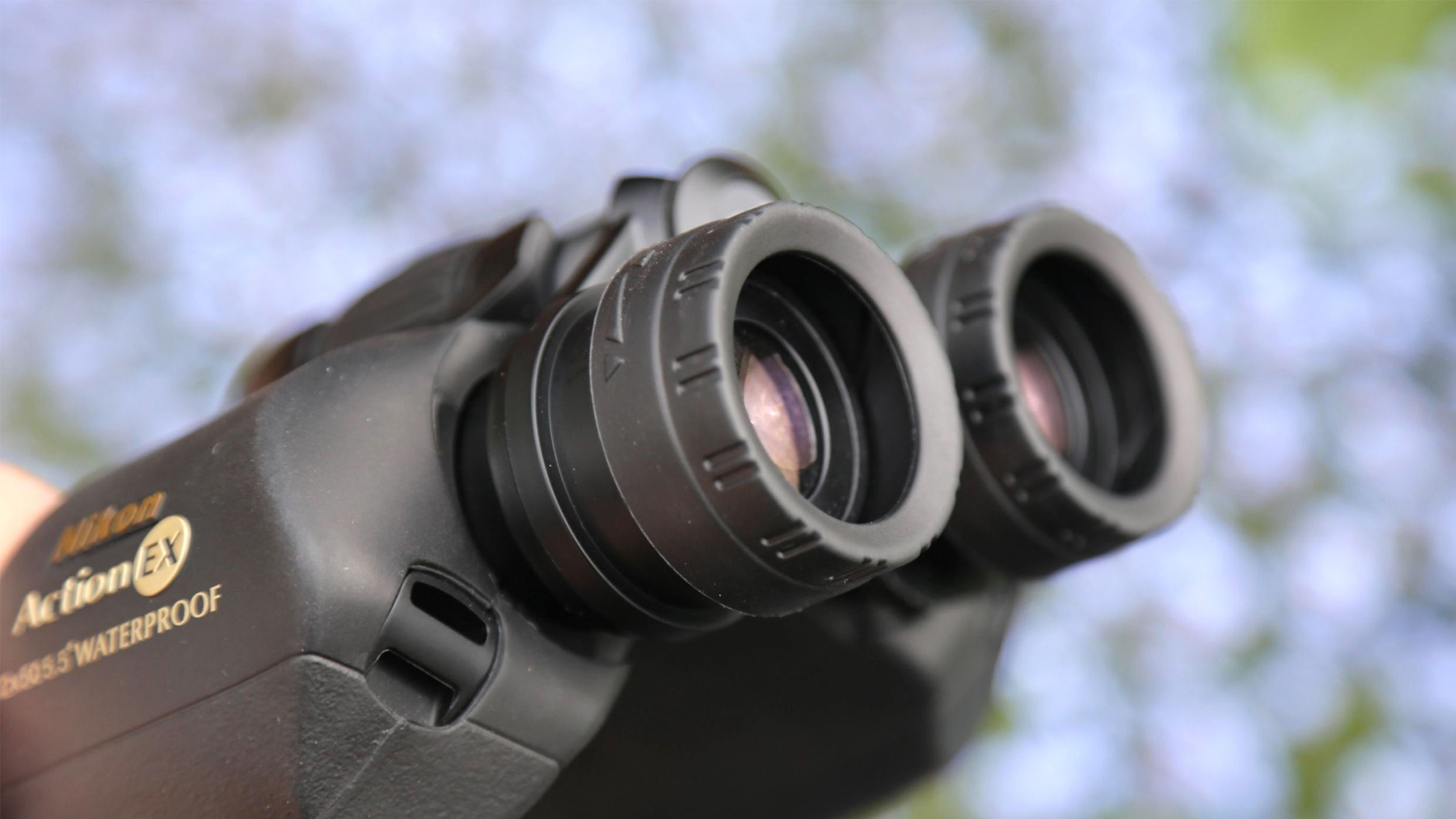
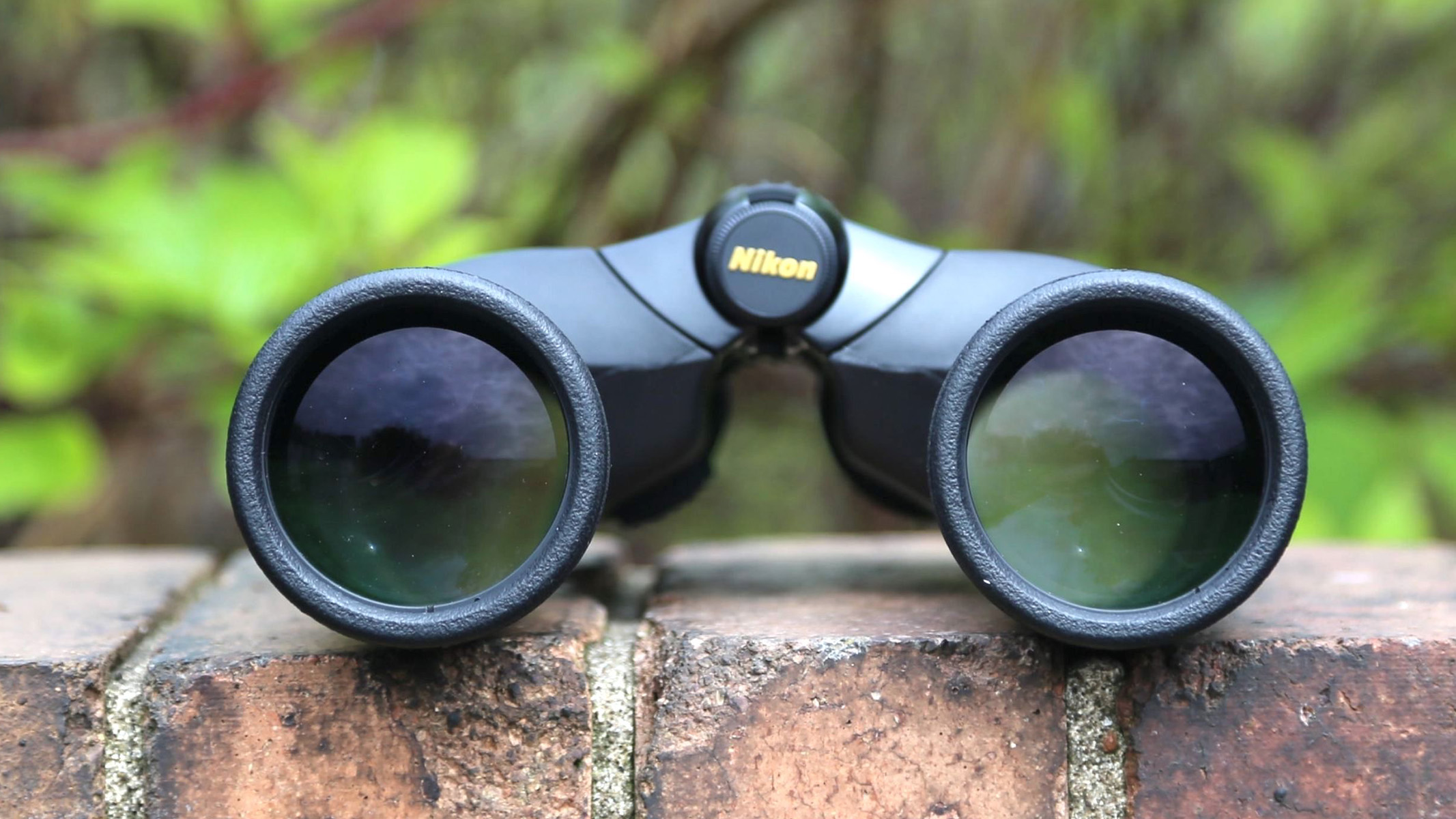
Specifications
Reasons to buy
Reasons to avoid
✅ You want something waterproof: Their waterproof rubber armor means you can use them in any weather without worry.
✅ You want them built to last. Nikon products are always of fantastic quality and will last a long time.
❌ You want something lightweight: They are quite heavy, so it wouldn't be ideal for using them for long periods unless you mount them on a tripod.
❌ You want to view close-up: The minimum focusing distance is 23 ft/7m, so they wouldn't be great for observing wildlife in your back garden.
🔎 Nikon Action EX 12x50 Binocular: A step up from the mass market, with a little extra magnification, excellent light-gathering, and rugged construction that extends to waterproofing, comfy rubber grips, and a large focus knob. Yet, it's a heavyweight in more ways than one. ★★★★
For stargazing and wildlife spotting, the Nikon Action EX 12x50 binoculars excel. Their 50mm objective lenses let in enough light for stargazing at night and offer bright views at dawn and dusk. When we pointed them skywards during our Nikon Action EX 12x50 binoculars review, we could easily make out Jupiter's four big moons: Ganymede, Europa, Callisto, and Io. We were treated to immersive and contrast-heavy views, with only a small amount of sharpness drop-off towards the edge of the frame.
We also found them to be heavy, particularly if you're going to be using them for longer periods. However, this is the case for most of the binoculars on this list, so our best compact binoculars guide would be your best bet if you're looking for something lightweight.
The extra magnification in long-distance binoculars also makes it trickier to hold them still, which is why it's worth steadying yourself however you can — we recommend mounting them on a tripod. We also thought they had decent 16mm eye relief, so they are suitable for anyone who wears glasses.
But overall, we thought they were very built and produced detailed and bright images. When sweeping across the sky, we were treated to clear and crisp observations with a wide field of view. They're waterproof and ruggedly built, and you can be sure they'll last you through many observation sessions over years to come.
Attributes | Notes |
|---|---|
Design | Tough waterproof rubber armor. |
Performance | Excellent light gathering & sharp optics. |
Functionality | Quite heavy. |
Best for magnification
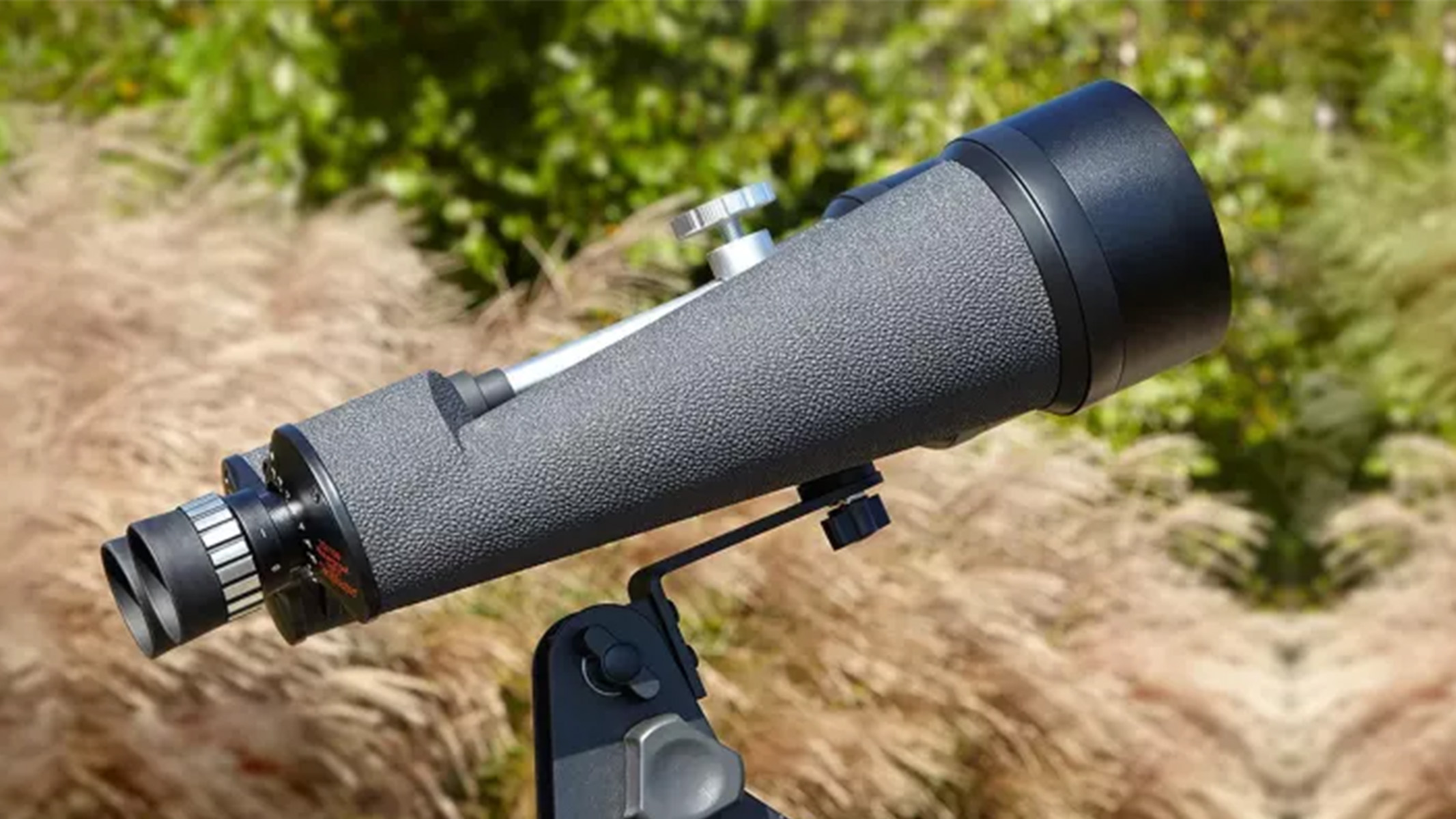
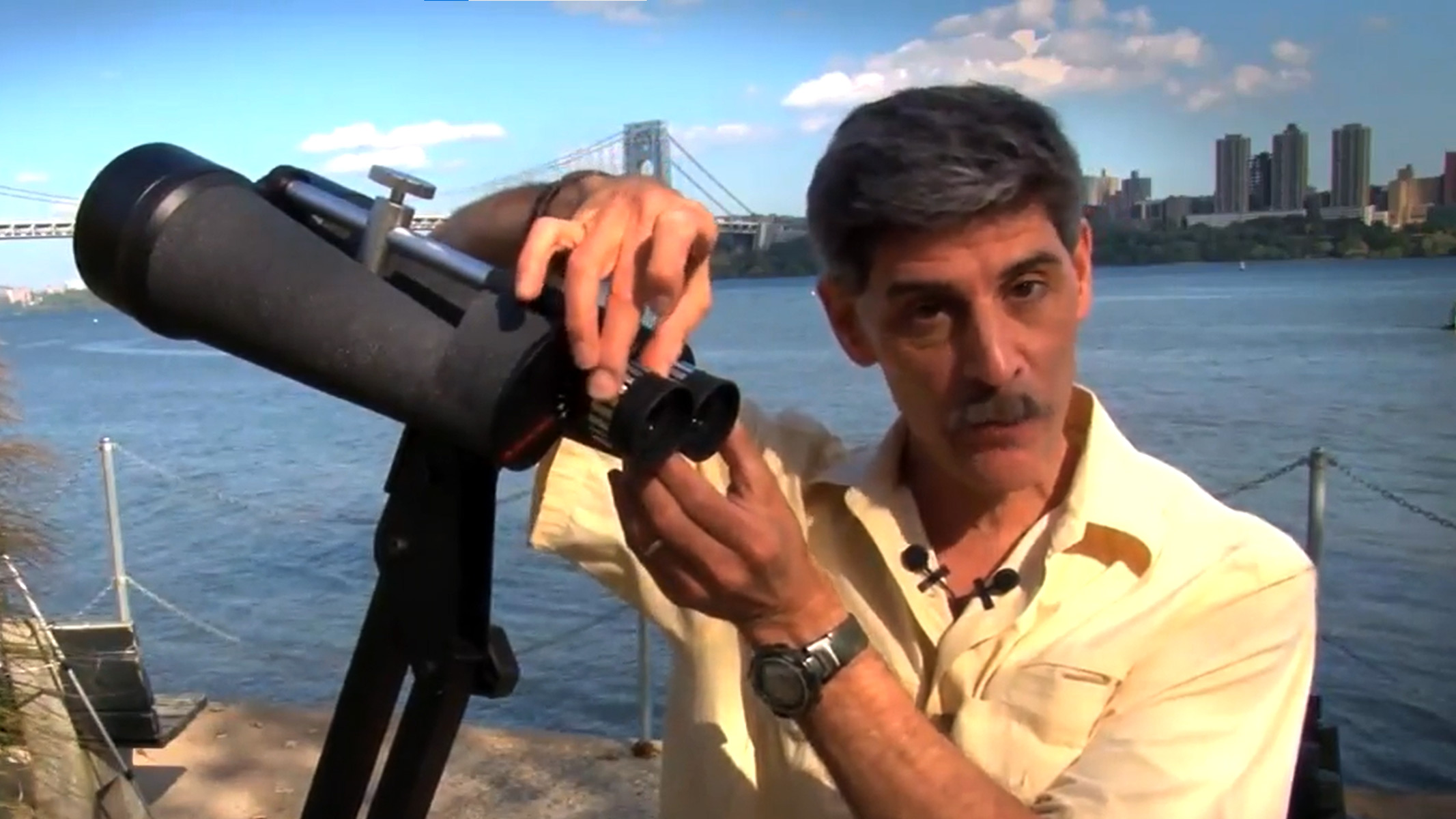
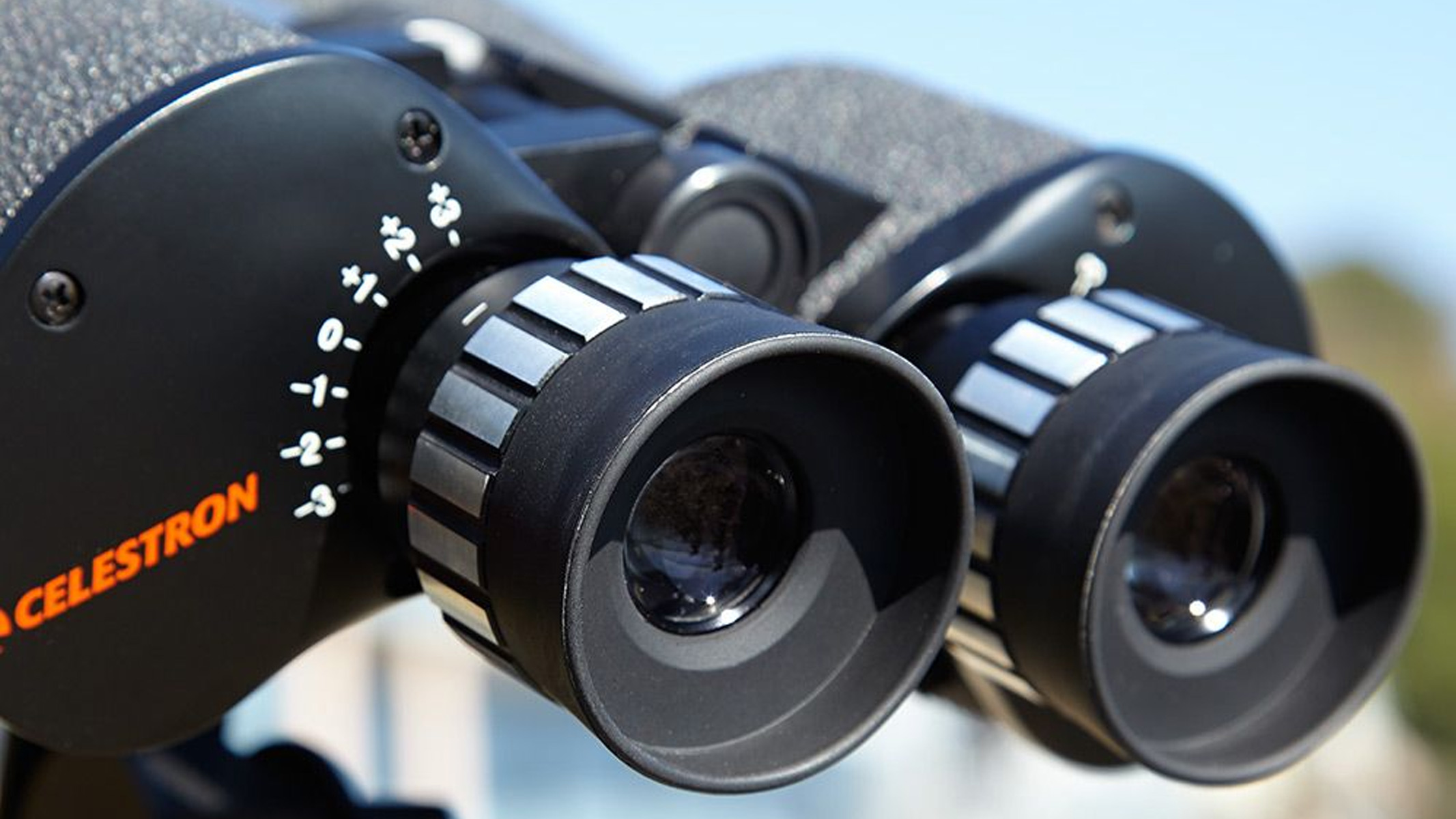
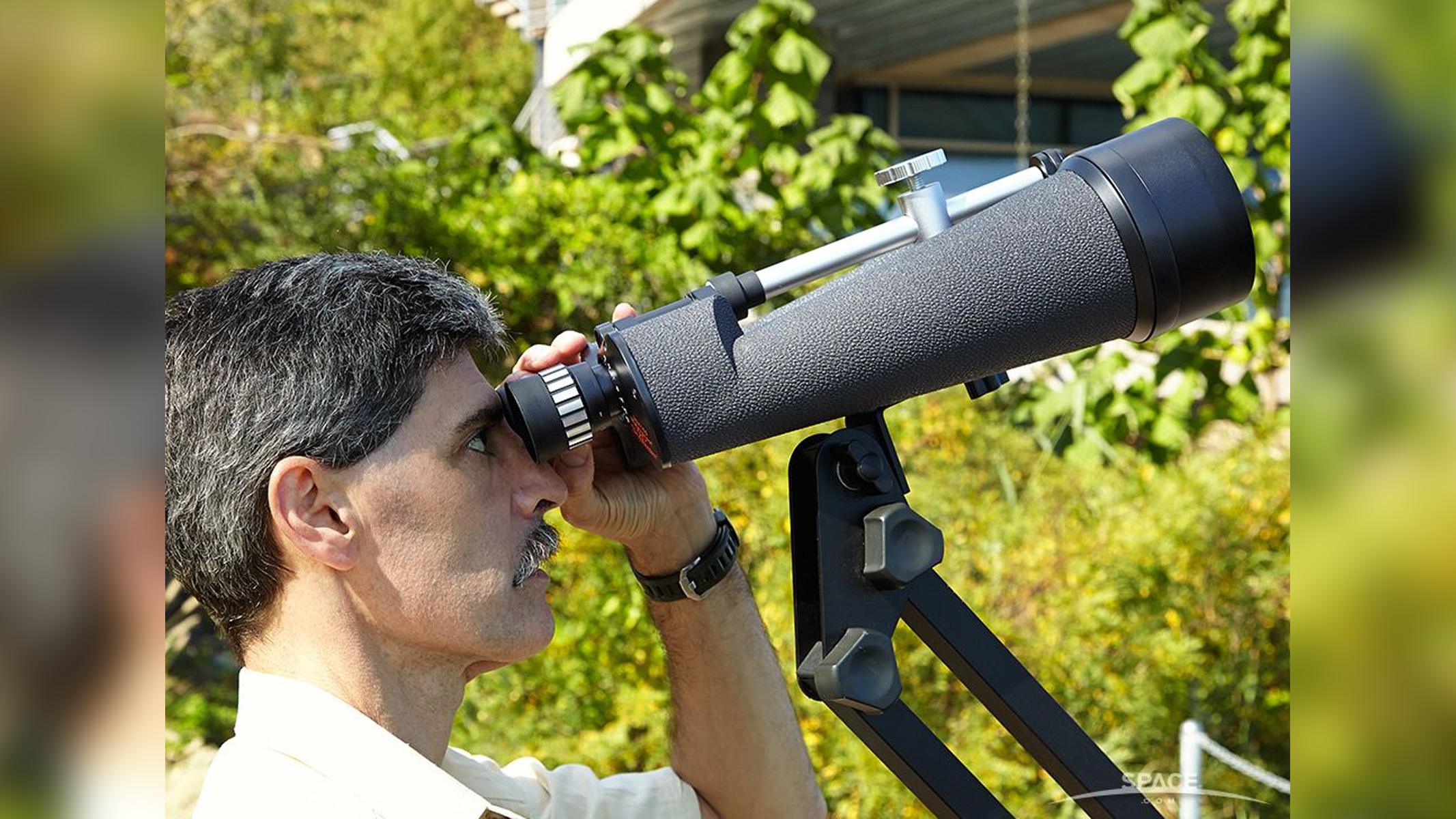
Specifications
Reasons to buy
Reasons to avoid
✅ You're do a lot of skywatching: The 25x magnification is perfect for astronomy.
✅ You want to mount them on a tripod: As these binos are more suited to tripod-use, they have a tripod mount attached.
❌ You want to use them handheld: They're big and heavy, therefore not suitable for handheld use— you'll need a tripod.
❌ You're on a budget: Such powerful binos as these don't come cheap.
🔎 Celestron SkyMaster 25x100 Binocular: These heavy-hitters are certainly not for the uninitiated binoculars-users. Despite their size and heavy weight, they're still one of our favorites for large astronomy binoculars. ★★★★
If you want something a bit more welly than the other options on this list, here's one for you. These juggernaut binoculars from Celestron have a whopping 25x magnification and 100mm objective lenses, making them the perfect pair of long-distance binoculars if you're into astronomy.
During our Celestron SkyMaster 25x100 review, we described the whole setup as feeling like you're looking through two 100mm telescopes with image-erecting prisms built-in, and separate non-removable eyepieces. We thought the images were astounding, and we were easily able to pick out galaxy clusters with them.
They are water-resistant, although they don't have a rubber coating to make them confidently waterproof — that said, if you're using them for astronomy then you're very unlikely to be using them in the rain anyway.
The one potential dealbreaker of these binoculars is going to be their size and weight. They weigh 8.75 lbs (3.97kg) and are 15.28 inches (388mm) long, meaning you'll realistically only be able to use them when they're mounted to a tripod. Not only because you'll get arm ache after a very short time no matter how many sessions you put in at the gym, but their high 25x magnification means you won't be able to hold them still enough to get a steady image.
We were a little disappointed that they didn't come with a shockproof hard case to protect them—they were only in a thinly padded fabric cozy. But overall, we think they're the best large binoculars for astronomy, and with proper care, they will have you star-hopping for decades to come.
- Read our full Celestron SkyMaster 25x100 review
Attributes | Notes |
|---|---|
Design | Very heavy — you'll need a tripod. |
Performance | Perfect for finding galaxy clusters. |
Functionality | Little things let them down. |
Best budget pair

Bushnell PowerView 2 20x50
Our expert review:
Specifications
Reasons to buy
Reasons to avoid
✅ You're on a budget: They come highly rated and at an affordable price.
✅ You want something lightweight: Weighing just 28.4 oz / 805 g, they're the lightest pair on this list.
❌ You wear glasses: The short 10.5mm eye relief means you'd have to take your glasses off to use them.
❌ You want to use them in all weathers: As expected for the price, they aren't waterproof or fogproof, so you'll need to take care in adverse weather.
🔎 Bushnell PowerView 2 20x50: An affordable, good quality pair of binos that won't last forever, but will get a lot of use, nonetheless. ★★★★
For high magnification on a budget, these Bushnell PowerView 2 20x80 binoculars are highly recommended. They have 4.5 out of 5 stars on Amazon, and 71% of buyers give them the full 5 stars.
However, as you'd expect, some sacrifices have been made in order to keep the cost low. Bushnell states that they 'combine a tough design with modern styling, allowing them to excel in both indoor and outdoor applications' — however, they aren't waterproof or fogproof, which could hamper them somewhat for outdoor use in inclement weather. They also have short eye relief, so they wouldn't be ideal for anyone who wears glasses, and although the build quality is good, the materials aren't the same quality you'd get from the more expensive models.
But for general use, whether wildlife watching, stargazing, or zooming in on the action from the cheap seats, they're a fantastic option that doesn't break the bank. They're also tripod compatible, which is useful given their higher magnification for getting a steady image.
They're lightweight enough to pop into your rucksack and carry around with you on hikes or camping trips, and they'd be great for traveling with the whole family. They're not the most mind-blowing pair of binos you've ever seen, but they're very good for the price.
Attributes | Notes |
|---|---|
Design | Lightweight and easy to carry. |
Performance | High magnification and pleasing views. |
Functionality | Not waterproof or fogproof. |
Best mid-range pair

Vortex Diamondback HD 12x50
Our expert review:
Specifications
Reasons to buy
Reasons to avoid
✅ You want excellent clarity: These HD binoculars have impressive detail and clarity.
✅ You want a lightweight pair: Weighing just 28.9 oz / 820g, they're one of the lightest options on this list.
❌ You're on a budget: They're good for the price, but more affordable models are on the market.
❌ You want super high magnification: 12x magnification is good, but there are other models with 15, 20 or even 25x magnification.
🔎 Vortex Diamondback HD 12x50: Excellent HD optics, incredible clarity, lightweight and a pleasure to use — we can't think of a reason not to buy them. ★★★★½
If you're looking for excellent optics and fantastic clarity without totally breaking the bank, the Vortex Diamondback HD 12x50 are definitely worth considering.
They seem to hit the mark perfectly between optical prowess, price and handling — making them extremely popular with users. On Amazon, they're rated 4.7 out of 5 stars with a massive 85% of users giving them the full 5 stars. That's pretty good going.
We're yet to review this particular pair, although we did review the Vortex 10x50 Crossfire HD, which we were incredibly impressed with. Users have praised the Diamondbacks for their exceptional clarity and contrast in the images—something that is hard to find at this price. But for long-distance viewing, we'd recommend the Diamondback 12x50 for that extra little bit of magnification.
They're not immune to wobble, but they're really lightweight at just 28.9 oz / 820g, making them one of the most lightweight pairs on this list. Some users have noticed a tiny amount of chromatic aberration around some contrast-high objects like Jupiter and Saturn, but it's certainly not severe enough to ruin the overall experience.
They're incredibly well-built and durable, but should the unthinkable happen, Vortex also offers a lifetime warranty, which provides peace of mind when you're out using them.
- Read our full Vortex 10x50 Crossfire HD Binocular review
Attributes | Notes |
|---|---|
Design | Built like a tank. |
Performance | Stunning clarity and tack sharp images. |
Functionality | Decent eye relief for glasses wearers. |
How we test
How we test the best binoculars for long distance viewing
To guarantee you're getting honest, up-to-date recommendations on the best binoculars for long-distance viewing, here at Space.com, we rigorously review every binocular to fully test each instrument. Each binocular is reviewed based on many aspects, from its construction and design to how well it functions as an optical instrument and its performance in the field.
Either our expert staff or knowledgeable freelance contributors test each pair of binoculars carefully to ensure a personal, fair, and hands-on review of each model and judge it based on price, destined use and class.
For example, comparing a pair of 25x100 mammoth binoculars to a compact pair of 8x25s wouldn’t be appropriate though each binocular might be the best pick in their own class.
We look at how easy they are to operate, whether eye relief can be adjusted for spectacles wearers, if a binocular comes with appropriate accessories or carry bags and suggest if a particular set of binos would benefit from any additional kit to give you the best viewing experience possible.
With complete editorial independence, Space.com is here to ensure you get the best buying advice on binoculars, whether you should purchase an instrument or not. This makes our buying guides and reviews reliable and transparent.
FAQs
What are the best binoculars for long distance?
So which are the best binoculars for long distance viewing, the ones you should pick up to make the most of this month's Mars in opposition, Venus and Saturn convergence and the plantary parade? Our pick is the Celestron SkyMaster Pro 20x80 — for our money, they're the pair to beat. They tick every box and we had a hard time finding fault with them.
What do binocular numbers mean?
When you're looking at binoculars, you'll see them listed with two sets of numbers, eg. '12x50'. The first number is the amount of magnification, and the second is the diameter of the objective lenses (in millimeters).
For long-distance binoculars, magnification is important, as the higher the magnification, the further you'll be able to see. Any pair with 12x magnification or above will be good for long distances. Regarding the diameter of the objectives, the larger the diameter, the more light they can let in.
Which is better 10x42 or 12x50 binoculars?
Ultimately it depends what your intended use for them is. For long distance viewing, we'd recommend the 12x50 as they have higher magnification and let more light in through the objective lenses, but the 10x42 would be a great all-purpose pair and would likely be a bit lighter, making them better for travel.
Update log
Editor's note: Updated 6/18/25 with information about June's new moon and July's full moon.
Breaking space news, the latest updates on rocket launches, skywatching events and more!

Kimberley Lane is a landscape & seascape photographer living in South Wales. Originally using photography as a way to cope with health issues, she aims to portray a feeling of calm and peace through her images. Her work has been featured in a number of national photography magazines.
- Chris McMullenContributing Writer
- Harry BennettE-commerce Staff Writer
